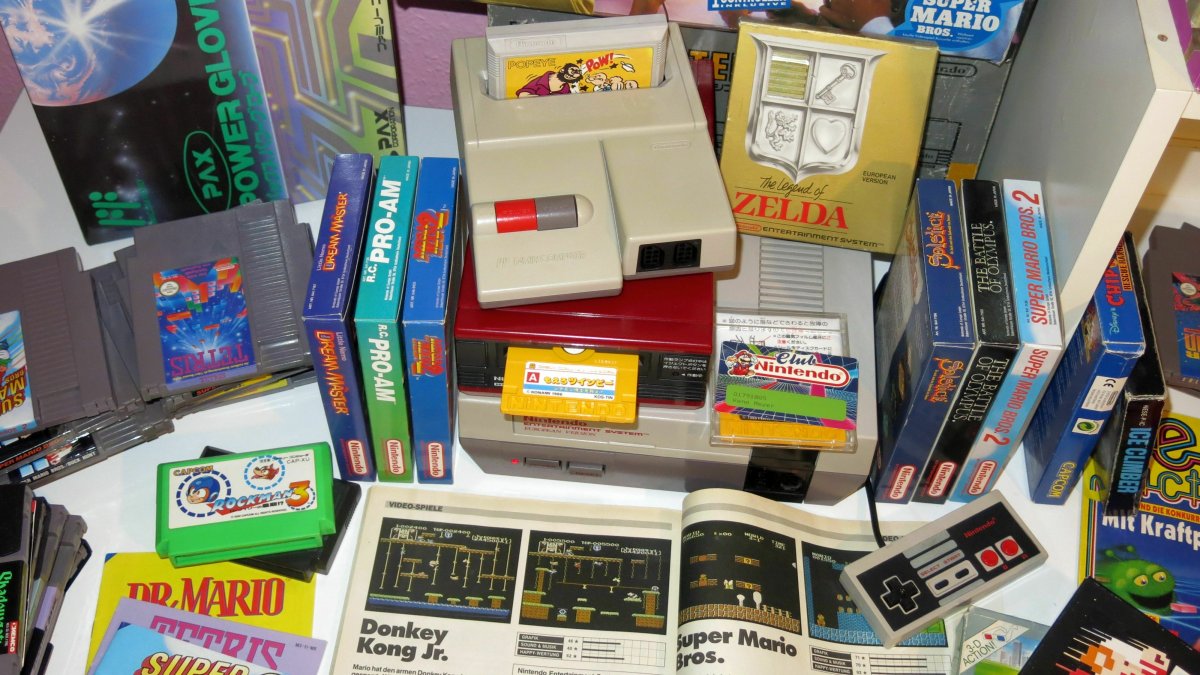40 years ago, Nintendo revolutionized the video game industry with the release of the NES (Nintendo Entertainment System). Since then, the company has sold a staggering 62 million NES devices, making it a global market leader and rejuvenating the video game industry, which was declared dead at the time.
Nintendo’s journey in the gaming industry began eight decades ago when it started producing playing cards. However, it wasn’t until the 1960s that Hiroshi Yamauchi, the founder’s great-grandson, ventured into toys. This led to the development of mechanical and electrical toys, including the popular “Wild Gunman” slot machine.
In 1975, Yamauchi’s inspiration for video games came from a dinner with a childhood friend who worked at a large electronics company. Microchips had become affordable, making it possible to introduce them into toys. Nintendo licensed the first game console, the Magnavox Odyssey, and partnered with Mitsubishi to create their own Pong-style devices, which sold well.
The success of their electronic toys, particularly the Game&Watch series, fueled Nintendo’s desire for more. Yamauchi aimed to challenge the market leader, Atari 2600, with a game console that was better and cheaper. This led to the creation of the Famicom, which featured interchangeable modules. The Famicom utilized the MOS 6502 processor, which was cheap and easy to customize. The console had 2Kbytes of RAM and a graphics chip that allowed for the display of 8×8 pixel graphics squares.
The Famicom also introduced the iconic game series such as “Super Mario Bros.”, “Zelda”, “Metroid”, and “Castlevania”. The console’s accessories, like the light gun and Power Pad, added to its versatility and popularity. While the Famicom was successful in Japan, it faced resistance in the US due to the collapse of the game console market and the rise of home computers. However, Nintendo persevered and successfully marketed the Famicom as the Nintendo Entertainment System in the US, eventually selling millions of units.
Despite its success, Nintendo initially hesitated to release a successor to the NES. Sega took advantage of this and introduced the 16-bit Mega Drive system, pushing Nintendo to innovate further. This led to the release of the Super Nintendo Entertainment System (SNES) and the continued success of Nintendo in the gaming industry.
Today, Nintendo still draws on the characters and game series created decades ago, with Mario and Zelda remaining popular and beloved by gamers worldwide. The NES’s impact on the video game industry is undeniable, and its legacy continues to shape the landscape of gaming. So, as we celebrate 40 years of NES, let us look back and appreciate the birth of Mario, Zelda, and the countless memories and adventures these games have provided.



